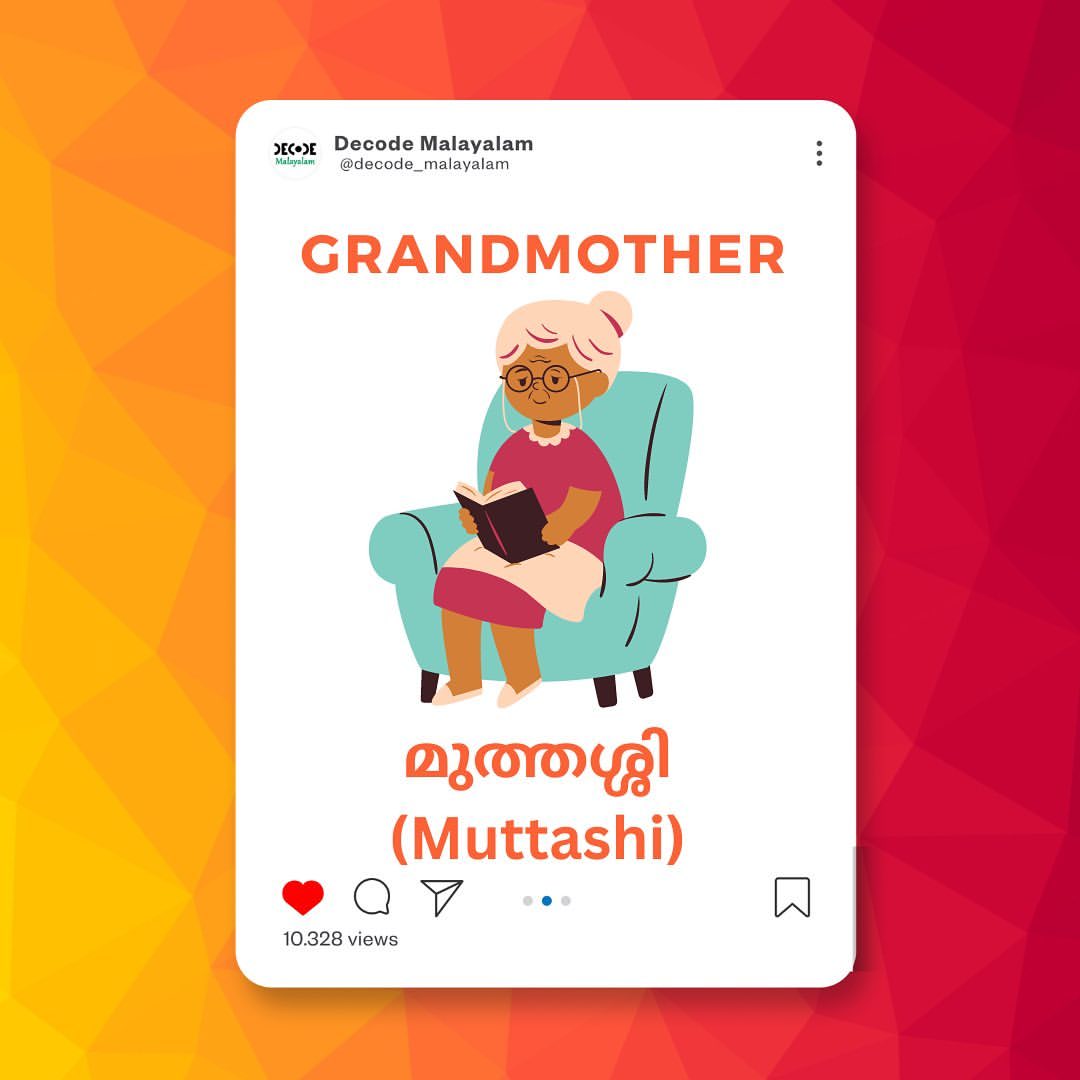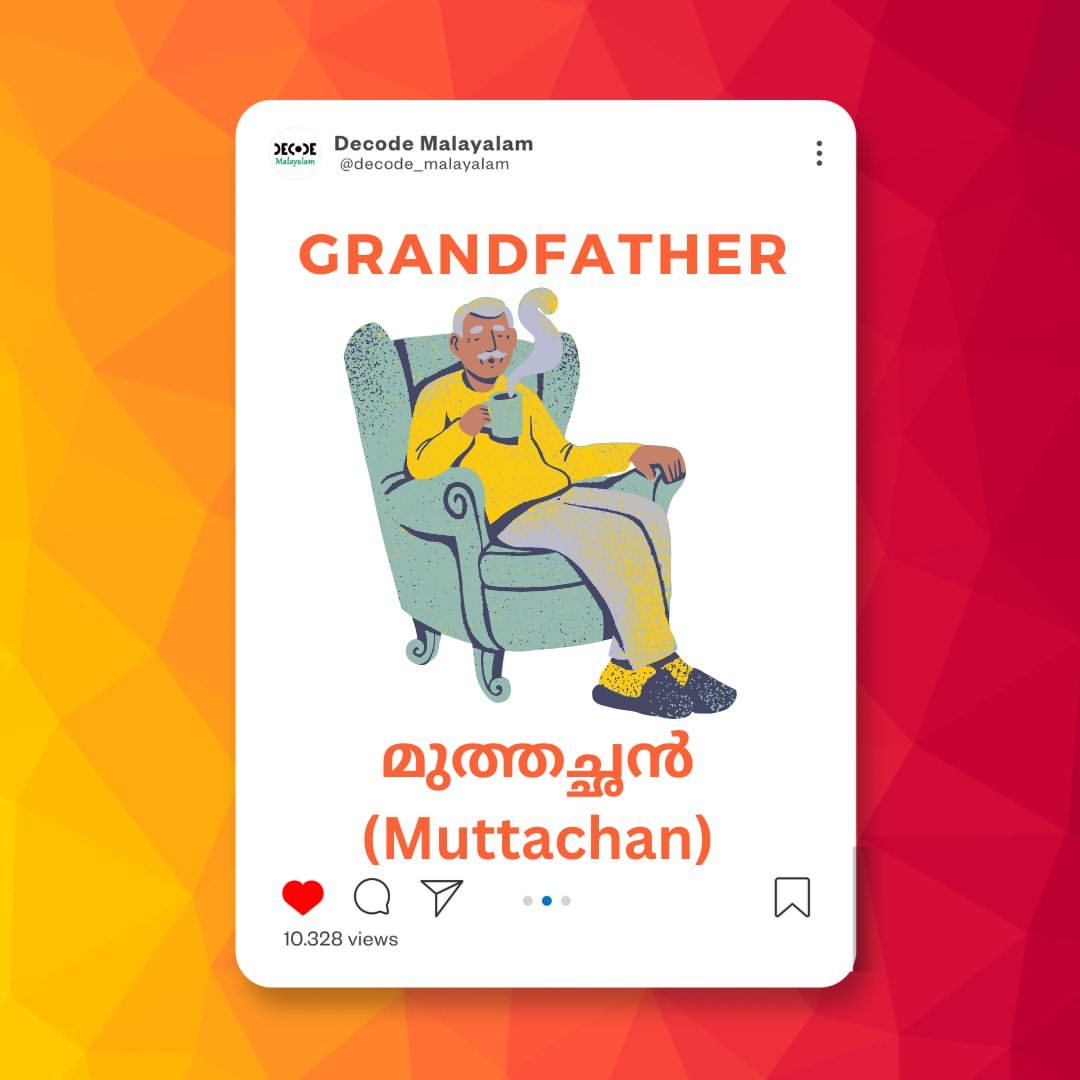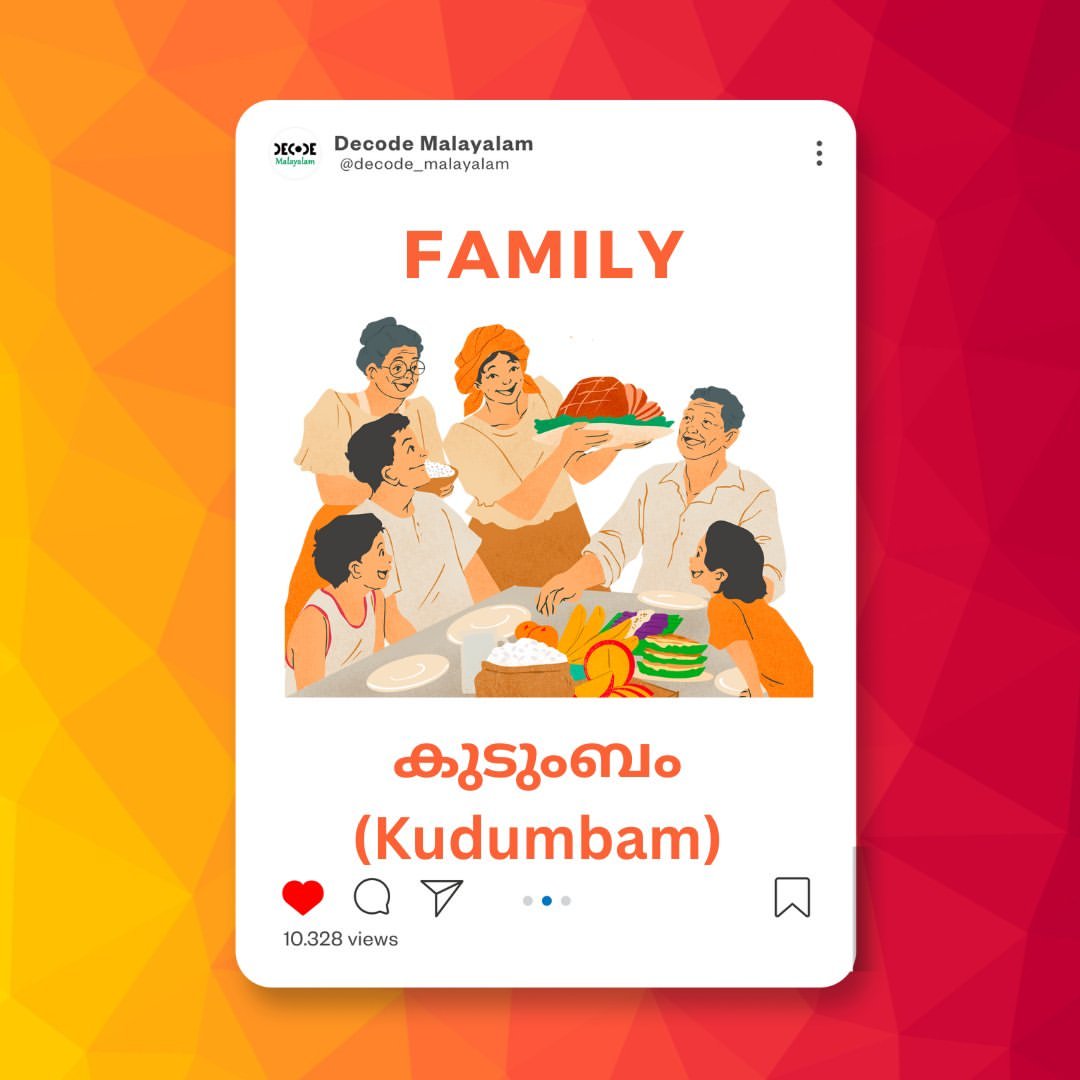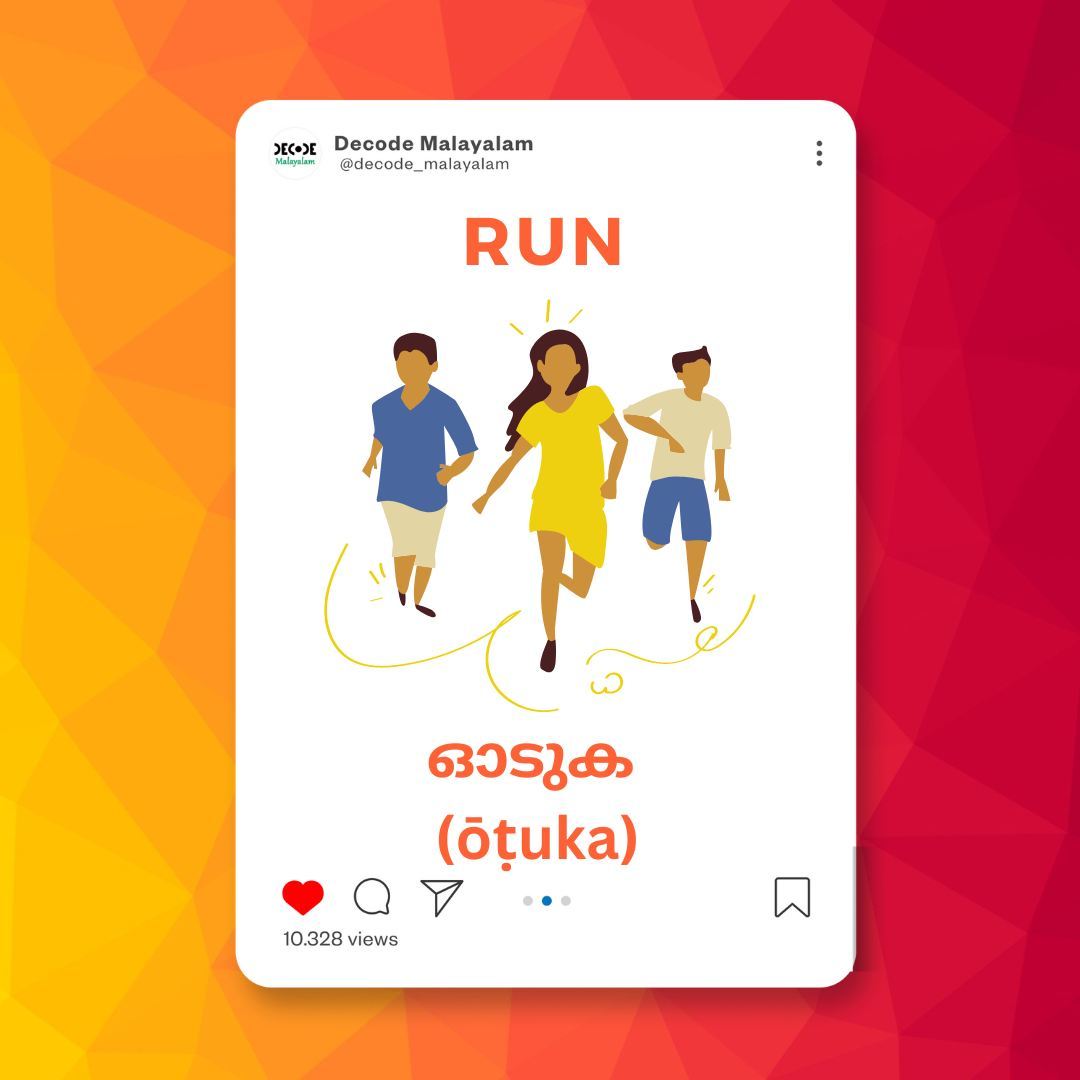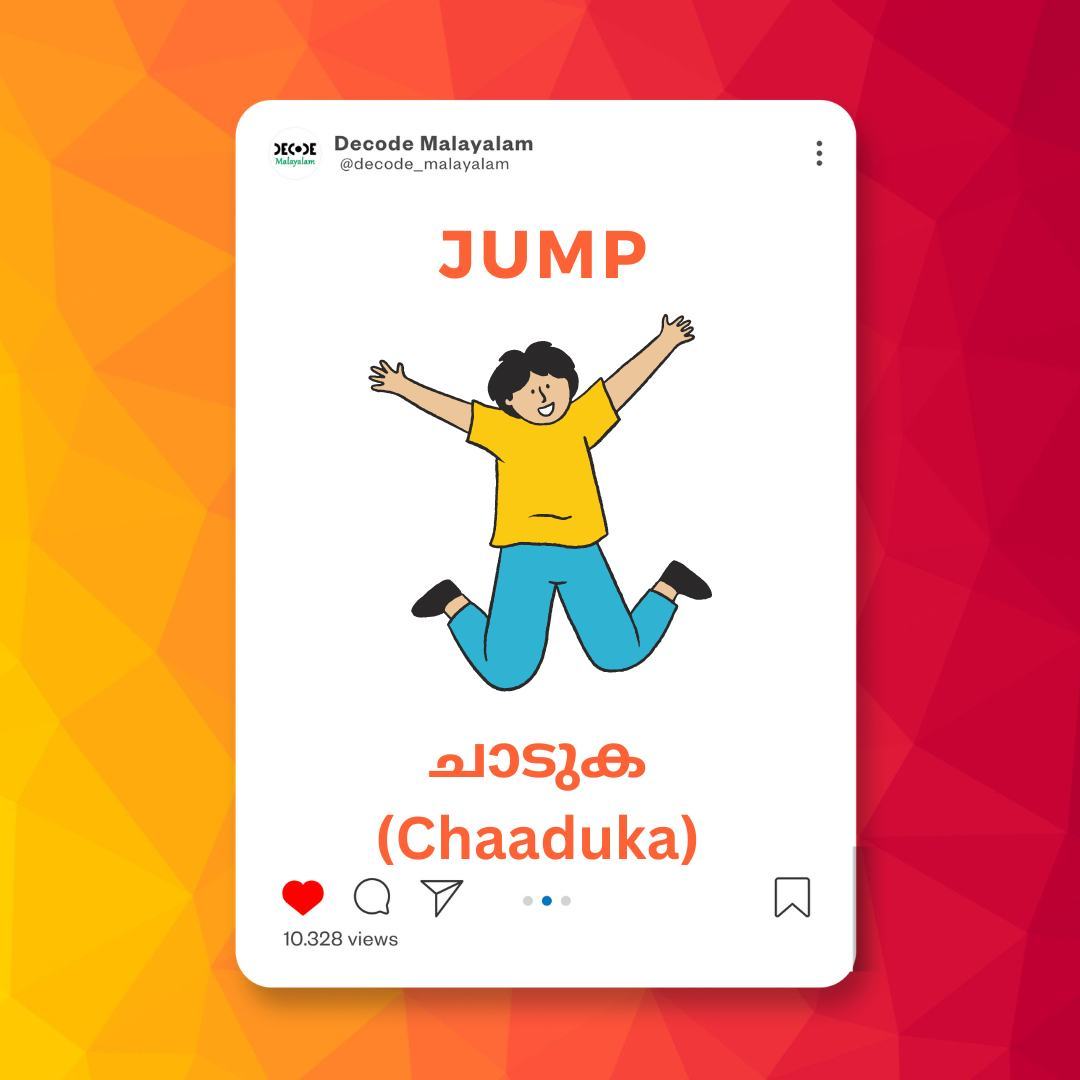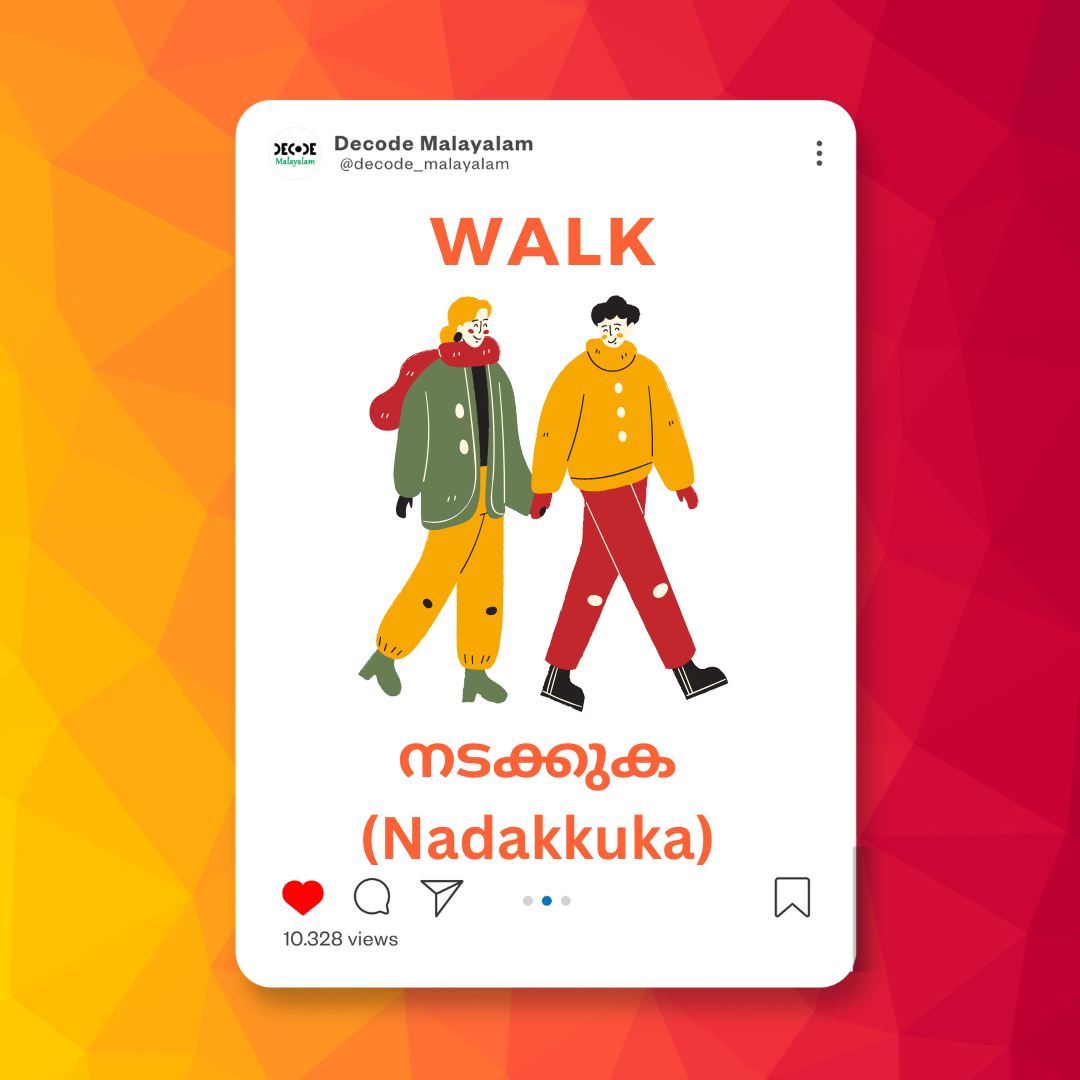தமிழ் புதிர்கள் | Tamil Riddles: A Fun & Easy Way to Learn the Language
Welcome, language learners! Are you looking for a fun and engaging way to improve your Tamil skills? Learning a new language doesn’t have to be limited to textbooks and grammar rules. One of the most enjoyable methods is by immersing yourself in the culture and its traditions. And what better way to do that than by exploring the world of **Tamil riddles**, known as புதிர்கள் (Pudhirgal)?
Tamil riddles are more than just a game of words; they are a window into the rich history and culture of the Tamil people. Passed down through generations, these riddles sharpen your mind, expand your vocabulary, and help you understand how Tamil words are used in creative and metaphorical ways.
In this ultimate guide, we will take you on a journey through a wide collection of Tamil riddles, from simple ones for beginners to more complex ones that will challenge your thinking. We will provide each riddle in Tamil script, its English translation, and the correct answer with a clear explanation. Let’s dive in and have some fun learning!
Why Learn Tamil Riddles?
For anyone who wants to learn Tamil, riddles offer numerous benefits that go beyond simple vocabulary building.
- Vocabulary Expansion: Riddles often use unique and descriptive words that you might not find in everyday conversations. They force you to think about objects and concepts in new ways, helping you to build a stronger vocabulary.
- Cultural Understanding: Many riddles are based on objects, customs, and concepts that are specific to Tamil culture and life in Tamil Nadu. By solving them, you gain a deeper appreciation for the local lifestyle.
- Improved Pronunciation: Reading the riddles aloud helps you practice your Tamil pronunciation. You can also listen to a native speaker say them to perfect your accent. For more help with this, check out our Tamil Pronunciation Guide for Non-Native Speakers.
- Memory Retention: Learning through association and fun is an excellent way to make new words and phrases stick in your memory.
- Grammar in Context: Riddles showcase how grammatical structures are used in creative and poetic language. They can make learning Tamil Grammar Basics much more interesting.
Simple Tamil Riddles for Beginners
Let’s start with some easy riddles to get you warmed up. These are great for practicing basic Tamil words and concepts.
புதிர் (Pudhir): கை இல்லாதவன் படம் போடுவான். அவன் யார்?
English Translation: He who has no hands, draws a picture. Who is he?
விடை (Vidai): வானம் (Vaanam) – Rainbow
Explanation: This riddle personifies the rainbow, which appears to draw a colorful arc in the sky without having hands.
புதிர் (Pudhir): ஒரு குடையில் ஐந்து பேர் நின்றால் எப்படி நனைவார்கள்?
English Translation: How will five people get wet if they stand under one umbrella?
விடை (Vidai): மழை பெய்யவில்லை என்றால் (Mazhai Peyyavillai Endral) – If it’s not raining.
Explanation: A classic logic riddle! The trick is in the premise. If it’s not raining, they won’t get wet at all.
புதிர் (Pudhir): இடி இடிக்கும், மின்னல் மின்னும், மழை பெய்யாது. அது என்ன?
English Translation: It thunders, it lightens, but it does not rain. What is it?
விடை (Vidai): வெடி (Vedi) – Firecracker
Explanation: This riddle describes the sound and flash of a firecracker, which mimics a thunderstorm but without the rain.
புதிர் (Pudhir): காலில்லாத பந்து உருண்டு ஓடிவரும். அது என்ன?
English Translation: A ball with no legs rolls away. What is it?
விடை (Vidai): கண்ணீர் (Kanneer) – A Tear Drop
Explanation: The riddle poetically describes a tear drop rolling down a person’s cheek, resembling a ball without legs.
புதிர் (Pudhir): கண்ணைக் கட்டினால் சத்தம் போடும், அது என்ன?
English Translation: If you tie its eyes, it will make a sound. What is it?
விடை (Vidai): தவில் (Thavil) – Drum
Explanation: “Kannaikkattinal” (tying its eyes) refers to the act of tightening the drum skin to produce sound. “Kan” (eye) here is a metaphorical reference to the drum’s skin.
புதிர் (Pudhir): சிவப்புப் பெட்டிக்குள் வெள்ளை முத்துகள். அது என்ன?
English Translation: Inside a red box are white pearls. What is it?
விடை (Vidai): மாதுளை (Maadhulai) – Pomegranate
Explanation: This riddle uses a beautiful analogy to describe the red skin of a pomegranate and the white seeds inside.
புதிர் (Pudhir): அசைந்தால் ஆசை வரும், அசைந்தால் அசைந்து ஆடிவரும். அது என்ன?
English Translation: If it moves, desire comes; if it moves, it dances. What is it?
விடை (Vidai): கை (Kai) – Hand
Explanation: The hand moves to express feelings and desires, and also performs the rhythmic actions of dance.
புதிர் (Pudhir): ஊசிக்குடை தலையைக் கவிழ்த்தால் மழை நனையும். அது என்ன?
English Translation: If the needle-umbrella bows its head, it gets wet in the rain. What is it?
விடை (Vidai): முள்ளங்கி (Mullangi) – Radish
Explanation: This riddle describes a radish with its leaves at the top, which resembles an upside-down umbrella, and when harvested, it’s covered in wet soil (like rain).
Medium Level Tamil Riddles
Once you have a good grasp of the basics, you can challenge yourself with these slightly more complex riddles.
புதிர் (Pudhir): ஒரு வீட்டில் முப்பது பேர் இருக்கிறார்கள், ஒருவன் மட்டுமே வாயில்லாச் சீவன். அவன் யார்?
English Translation: There are thirty people in a house, and only one is a speechless creature. Who is he?
விடை (Vidai): நாக்கு (Naakku) – Tongue
Explanation: The “thirty people” are your teeth, and the “speechless creature” is your tongue, which helps you form words but doesn’t speak on its own.
புதிர் (Pudhir): ஒரு மரத்தில் பன்னிரண்டு கிளைகள், ஒவ்வொரு கிளையிலும் முப்பது இலைகள். அது என்ன?
English Translation: A tree has twelve branches, and each branch has thirty leaves. What is it?
விடை (Vidai): வருடம் (Varudam) – Year
Explanation: This is a metaphorical riddle. The “tree” is a year, the “twelve branches” are the twelve months, and the “thirty leaves” are the days in a month. This is a great example of how Tamil riddles use metaphors to describe everyday concepts.
புதிர் (Pudhir): உயிருள்ளவன் உயிரற்றவனைச் சுமப்பான். அவன் யார்?
English Translation: A living thing carries a lifeless thing. Who is it?
விடை (Vidai): செருப்பு (Seruppu) – Slipper/Shoe
Explanation: The “living thing” is the human foot, and the “lifeless thing” is the slipper or shoe it wears.
புதிர் (Pudhir): ஒற்றைக்காலில் நின்று, உலகமெல்லாம் சுற்றிவரும். அது என்ன?
English Translation: It stands on a single leg and travels around the world. What is it?
விடை (Vidai): பம்பரம் (Pambaram) – Spinning Top
Explanation: This riddle uses a clever personification of a spinning top, which rotates rapidly on its single point of contact with the ground.
புதிர் (Pudhir): இரவெல்லாம் விழித்திருந்து, பகலெல்லாம் தூங்குவான். அவன் யார்?
English Translation: He stays awake all night and sleeps all day. Who is he?
விடை (Vidai): மின்மினிப் பூச்சி (Minminipoochi) – Firefly
Explanation: A beautiful and simple riddle that describes the behavior of a firefly, which is active at night and rests during the day.
புதிர் (Pudhir): பூ பூக்கும், காய் காய்க்கும், ஆனால் பழம் பழுக்காது. அது என்ன?
English Translation: It flowers, it bears fruit, but it doesn’t ripen. What is it?
விடை (Vidai): வாழைக்காய் (Vazhaikkai) – Plantain/Raw Banana
Explanation: This riddle plays on a common misconception. Plantains are eaten raw (as vegetables), while bananas are eaten when they ripen. For more vegetable names, see our Vegetable Names in Tamil blog.
Advanced Tamil Riddles for a Challenge
Ready for a real brain-teaser? These riddles often rely on wordplay, deeper metaphors, or cultural knowledge.
புதிர் (Pudhir): ஆயிரம் கண்ணுடன் பார்த்தாலும், ஒரு கண்ணால் மட்டுமே பார்ப்பேன். அது என்ன?
English Translation: Even though I see with a thousand eyes, I only see with one eye. What is it?
விடை (Vidai): முருங்கைக்காய் (Murungaikkai) – Drumstick
Explanation: This is a very creative riddle. The “thousand eyes” are the tiny dots on the surface of the drumstick. The “one eye” refers to the single seed inside.
புதிர் (Pudhir): வெள்ளை மாளிகைக்குள் சிவப்பு அரசன். அவன் யார்?
English Translation: Inside a white palace is a red king. Who is he?
விடை (Vidai): நாக்கு (Naakku) – Tongue
Explanation: The “white palace” is your mouth with its white teeth, and the “red king” is your tongue. A classic riddle that is often used to confuse. For more on the body, check out Body Parts Name in Tamil and English.
புதிர் (Pudhir): ஒருவன் தன் வீட்டில் இருக்கும்போது, அவனைப் பார்க்க முடியாது. அவன் வெளியே வரும்போது, அவனைக் கண்டால் பயம் வரும். அவன் யார்?
English Translation: When he is inside his house, you cannot see him. When he comes out, you are afraid to see him. Who is he?
விடை (Vidai): பூனைக்குட்டி (Poonai Kutti) – Kitten
Explanation: This is a tricky one. The “house” is the mother cat’s womb, and “when he comes out, you are afraid” refers to the act of a kitten being born. This riddle is a clever play on words and cultural knowledge.
புதிர் (Pudhir): அசைந்தால் ஆசை வரும், அசைந்தால் அசைந்து ஆடிவரும். அது என்ன?
English Translation: If it moves, it brings desire; if it moves, it dances. What is it?
விடை (Vidai): தீபச்சுடர் (Deepasudar) – Flame of a lamp
Explanation: The flame of a lamp flickers and dances, mesmerizing people (“brings desire”).
புதிர் (Pudhir): கண்ணைக் கட்டினால் சத்தம் போடும், அது என்ன?
English Translation: When you tie its eye, it makes a sound. What is it?
விடை (Vidai): தவில் (Thavil) – Drum
Explanation: “Kannaikattinal” literally means “tying the eye” but refers to the process of tightening the hide over the drum, which then produces a sound when beaten. The ‘eye’ is the circular face of the drum.
புதிர் (Pudhir): பூ பூக்கும், காய் காய்க்கும், ஆனால் பழம் பழுக்காது. அது என்ன?
English Translation: It flowers, it bears fruit, but it doesn’t ripen. What is it?
விடை (Vidai): வாழைக்காய் (Vazhaikkai) – Raw Banana
Explanation: The banana plant flowers and produces fruit. However, the raw banana, a vegetable, is not ripened for consumption like its fruit counterpart.
புதிர் (Pudhir): உயிருள்ளவன் உயிரற்றவனைச் சுமப்பான். அவன் யார்?
English Translation: A living person carries a lifeless object. Who is he?
விடை (Vidai): செருப்பு (Seruppu) – Slipper/Shoe
Explanation: The foot is the living thing that carries the shoe, which is a lifeless object. This riddle relies on a personification of the shoe.
புதிர் (Pudhir): ஒற்றைக்காலில் நின்று, உலகமெல்லாம் சுற்றிவரும். அது என்ன?
English Translation: It stands on a single leg and travels all over the world. What is it?
விடை (Vidai): பம்பரம் (Pambaram) – Spinning Top
Explanation: This is a classic riddle that describes a spinning top, which balances and spins on a single point while seemingly traveling a great distance.
புதிர் (Pudhir): இரவெல்லாம் விழித்திருந்து, பகலெல்லாம் தூங்குவான். அவன் யார்?
English Translation: He stays awake all night and sleeps all day. Who is he?
விடை (Vidai): மின்மினிப் பூச்சி (Minminipoochi) – Firefly
Explanation: A beautiful and simple riddle that describes the behavior of a firefly, which is active at night and rests during the day. It highlights a characteristic of a common insect in Tamil Nadu.
புதிர் (Pudhir): ஊசிக்குடை தலையைக் கவிழ்த்தால் மழை நனையும். அது என்ன?
English Translation: If the needle-umbrella bows its head, it gets wet in the rain. What is it?
விடை (Vidai): முள்ளங்கி (Mullangi) – Radish
Explanation: The leaves of a radish resemble a small umbrella, and when it is picked from the ground, it is wet with soil. This is a very visual riddle.
புதிர் (Pudhir): கண்ணைக் கட்டினால் சத்தம் போடும், அது என்ன?
English Translation: If you tie its eye, it makes a sound. What is it?
விடை (Vidai): தவில் (Thavil) – Drum
Explanation: The “eye” of the drum refers to its skin. When it is tightened (tied), it can be beaten to make a sound.
புதிர் (Pudhir): சிவப்புப் பெட்டிக்குள் வெள்ளை முத்துகள். அது என்ன?
English Translation: Inside a red box are white pearls. What is it?
விடை (Vidai): மாதுளை (Maadhulai) – Pomegranate
Explanation: The red skin of the fruit is the “red box” and the white seeds inside are the “white pearls.” This riddle is a perfect example of a descriptive riddle about a common fruit.
புதிர் (Pudhir): ஊரெங்கும் ஓடும், ஆனால் உதிரம் கிடையாது. அது என்ன?
English Translation: It runs all over the village, but has no blood. What is it?
விடை (Vidai): நதி (Nadhi) – River
Explanation: The river “runs” through the village, but it has no blood. This is a classic personification riddle.
புதிர் (Pudhir): காலில்லாத பந்து உருண்டு ஓடிவரும். அது என்ன?
English Translation: A ball with no legs rolls away. What is it?
விடை (Vidai): கண்ணீர் (Kanneer) – A Tear Drop
Explanation: The tear drop rolls down the cheek like a ball. It’s a poignant and beautiful riddle.
புதிர் (Pudhir): ஒரு வீட்டில் முப்பது பேர் இருக்கிறார்கள், ஒருவன் மட்டுமே வாயில்லாச் சீவன். அவன் யார்?
English Translation: There are thirty people in a house, and only one is a speechless creature. Who is he?
விடை (Vidai): நாக்கு (Naakku) – Tongue
Explanation: The thirty “people” are your teeth, and the “speechless creature” is your tongue, which moves to help you talk but doesn’t speak on its own.
புதிர் (Pudhir): ஒரு மரத்தில் பன்னிரண்டு கிளைகள், ஒவ்வொரு கிளையிலும் முப்பது இலைகள். அது என்ன?
English Translation: A tree has twelve branches, and each branch has thirty leaves. What is it?
விடை (Vidai): வருடம் (Varudam) – Year
Explanation: This is a metaphorical riddle. The “tree” is a year, the “twelve branches” are the twelve months, and the “thirty leaves” are the days in a month. This is a great example of how Tamil riddles use metaphors to describe everyday concepts.
புதிர் (Pudhir): உயிருள்ளவன் உயிரற்றவனைச் சுமப்பான். அவன் யார்?
English Translation: A living thing carries a lifeless thing. Who is it?
விடை (Vidai): செருப்பு (Seruppu) – Slipper/Shoe
Explanation: The “living thing” is the human foot, and the “lifeless thing” is the slipper or shoe it wears.
புதிர் (Pudhir): ஒற்றைக்காலில் நின்று, உலகமெல்லாம் சுற்றிவரும். அது என்ன?
English Translation: It stands on a single leg and travels around the world. What is it?
விடை (Vidai): பம்பரம் (Pambaram) – Spinning Top
Explanation: This riddle uses a clever personification of a spinning top, which rotates rapidly on its single point of contact with the ground.
புதிர் (Pudhir): இரவெல்லாம் விழித்திருந்து, பகலெல்லாம் தூங்குவான். அவன் யார்?
English Translation: He stays awake all night and sleeps all day. Who is he?
விடை (Vidai): மின்மினிப் பூச்சி (Minminipoochi) – Firefly
Explanation: A beautiful and simple riddle that describes the behavior of a firefly, which is active at night and rests during the day.
புதிர் (Pudhir): பூ பூக்கும், காய் காய்க்கும், ஆனால் பழம் பழுக்காது. அது என்ன?
English Translation: It flowers, it bears fruit, but it doesn’t ripen. What is it?
விடை (Vidai): வாழைக்காய் (Vazhaikkai) – Plantain/Raw Banana
Explanation: This riddle plays on a common misconception. Plantains are eaten raw (as vegetables), while bananas are eaten when they ripen. For more vegetable names, see our Vegetable Names in Tamil blog.
புதிர் (Pudhir): ஆயிரம் கண்ணுடன் பார்த்தாலும், ஒரு கண்ணால் மட்டுமே பார்ப்பேன். அது என்ன?
English Translation: Even though I see with a thousand eyes, I only see with one eye. What is it?
விடை (Vidai): முருங்கைக்காய் (Murungaikkai) – Drumstick
Explanation: This is a very creative riddle. The “thousand eyes” are the tiny dots on the surface of the drumstick. The “one eye” refers to the single seed inside.
புதிர் (Pudhir): வெள்ளை மாளிகைக்குள் சிவப்பு அரசன். அவன் யார்?
English Translation: Inside a white palace is a red king. Who is he?
விடை (Vidai): நாக்கு (Naakku) – Tongue
Explanation: The “white palace” is your mouth with its white teeth, and the “red king” is your tongue. A classic riddle that is often used to confuse. For more on the body, check out Body Parts Name in Tamil and English.
புதிர் (Pudhir): ஒருவன் தன் வீட்டில் இருக்கும்போது, அவனைப் பார்க்க முடியாது. அவன் வெளியே வரும்போது, அவனைக் கண்டால் பயம் வரும். அவன் யார்?
English Translation: When he is inside his house, you cannot see him. When he comes out, you are afraid to see him. Who is he?
விடை (Vidai): பூனைக்குட்டி (Poonai Kutti) – Kitten
Explanation: This is a tricky one. The “house” is the mother cat’s womb, and “when he comes out, you are afraid” refers to the act of a kitten being born. This riddle is a clever play on words and cultural knowledge.
புதிர் (Pudhir): அசைந்தால் ஆசை வரும், அசைந்தால் அசைந்து ஆடிவரும். அது என்ன?
English Translation: If it moves, it brings desire; if it moves, it dances. What is it?
விடை (Vidai): தீபச்சுடர் (Deepasudar) – Flame of a lamp
Explanation: The flame of a lamp flickers and dances, mesmerizing people (“brings desire”).
புதிர் (Pudhir): கண்ணைக் கட்டினால் சத்தம் போடும், அது என்ன?
English Translation: When you tie its eye, it makes a sound. What is it?
விடை (Vidai): தவில் (Thavil) – Drum
Explanation: “Kannaikattinal” literally means “tying the eye” but refers to the process of tightening the hide over the drum, which then produces a sound when beaten. The ‘eye’ is the circular face of the drum.
புதிர் (Pudhir): பூ பூக்கும், காய் காய்க்கும், ஆனால் பழம் பழுக்காது. அது என்ன?
English Translation: It flowers, it bears fruit, but it doesn’t ripen. What is it?
விடை (Vidai): வாழைக்காய் (Vazhaikkai) – Raw Banana
Explanation: The banana plant flowers and produces fruit. However, the raw banana, a vegetable, is not ripened for consumption like its fruit counterpart.
புதிர் (Pudhir): உயிருள்ளவன் உயிரற்றவனைச் சுமப்பான். அவன் யார்?
English Translation: A living person carries a lifeless object. Who is he?
விடை (Vidai): செருப்பு (Seruppu) – Slipper/Shoe
Explanation: The foot is the living thing that carries the shoe, which is a lifeless object. This riddle relies on a personification of the shoe.
புதிர் (Pudhir): ஒற்றைக்காலில் நின்று, உலகமெல்லாம் சுற்றிவரும். அது என்ன?
English Translation: It stands on a single leg and travels all over the world. What is it?
விடை (Vidai): பம்பரம் (Pambaram) – Spinning Top
Explanation: This is a classic riddle that describes a spinning top, which balances and spins on a single point while seemingly traveling a great distance.
புதிர் (Pudhir): இரவெல்லாம் விழித்திருந்து, பகலெல்லாம் தூங்குவான். அவன் யார்?
English Translation: He stays awake all night and sleeps all day. Who is he?
விடை (Vidai): மின்மினிப் பூச்சி (Minminipoochi) – Firefly
Explanation: A beautiful and simple riddle that describes the behavior of a firefly, which is active at night and rests during the day. It highlights a characteristic of a common insect in Tamil Nadu.
புதிர் (Pudhir): ஊசிக்குடை தலையைக் கவிழ்த்தால் மழை நனையும். அது என்ன?
English Translation: If the needle-umbrella bows its head, it gets wet in the rain. What is it?
விடை (Vidai): முள்ளங்கி (Mullangi) – Radish
Explanation: The leaves of a radish resemble a small umbrella, and when it is picked from the ground, it is wet with soil. This is a very visual riddle.
புதிர் (Pudhir): கண்ணைக் கட்டினால் சத்தம் போடும், அது என்ன?
English Translation: If you tie its eye, it makes a sound. What is it?
விடை (Vidai): தவில் (Thavil) – Drum
Explanation: The “eye” of the drum refers to its skin. When it is tightened (tied), it can be beaten to make a sound.
புதிர் (Pudhir): சிவப்புப் பெட்டிக்குள் வெள்ளை முத்துகள். அது என்ன?
English Translation: Inside a red box are white pearls. What is it?
விடை (Vidai): மாதுளை (Maadhulai) – Pomegranate
Explanation: The red skin of the fruit is the “red box” and the white seeds inside are the “white pearls.” This riddle is a perfect example of a descriptive riddle about a common fruit.
புதிர் (Pudhir): ஊரெங்கும் ஓடும், ஆனால் உதிரம் கிடையாது. அது என்ன?
English Translation: It runs all over the village, but has no blood. What is it?
விடை (Vidai): நதி (Nadhi) – River
Explanation: The river “runs” through the village, but it has no blood. This is a classic personification riddle.
புதிர் (Pudhir): காலில்லாத பந்து உருண்டு ஓடிவரும். அது என்ன?
English Translation: A ball with no legs rolls away. What is it?
விடை (Vidai): கண்ணீர் (Kanneer) – A Tear Drop
Explanation: The tear drop rolls down the cheek like a ball. It’s a poignant and beautiful riddle.
Tamil Riddles & Their Cultural Significance
Tamil riddles, or **புதிர்கள்** (Pudhirgal), have been an integral part of Tamil oral tradition for centuries. They are often told during family gatherings, festivals, and leisure time. Their purpose is not just to entertain but also to teach. They are used to transmit knowledge about nature, daily life, moral values, and social norms in a fun and memorable way.
The art of creating and solving riddles requires a deep understanding of the language’s nuances, metaphors, and cultural context. Many riddles reference objects or concepts that are specific to Tamil Nadu, such as certain animals, plants, or household items. By learning these riddles, you are not only improving your language skills but also stepping into the heart of Tamil culture and its rich heritage. To learn more about the History of the Tamil Language, check out our detailed article.
Frequently Asked Questions (FAQs) about Tamil Riddles
Q1: What is a riddle called in Tamil?
A: A riddle is called a **புதிர்** (Pudhir) or **விடுகதை** (Vidugathai) in Tamil. The plural form is **புதிர்கள்** (Pudhirgal).
Q2: Why are riddles important for learning Tamil?
A: Riddles are a great way to learn Tamil because they improve your vocabulary, comprehension, and critical thinking skills in the language. They also help you understand Tamil culture and thought processes.
Q3: Do Tamil riddles have a specific structure?
A: Yes, many Tamil riddles are structured as short, descriptive poems or proverbs that contain a hidden meaning. They often use metaphors and personification to describe an object or concept without naming it.
Q4: Can I use these riddles in daily conversation?
A: While they are more commonly used in a fun, game-like context, knowing these riddles will significantly enhance your understanding of common Tamil phrases and idioms. It’s a great way to show your appreciation for the language’s depth.
Q5: Are there different levels of Tamil riddles?
A: Yes, just like in other languages, Tamil riddles can range from simple and straightforward to complex and abstract. We have categorized them for you in this article to help you progress from a beginner to a more advanced learner.
Q6: What is the benefit of solving Tamil riddles with a friend?
A: Solving riddles with a friend, especially a native Tamil speaker, is an excellent way to practice your Common Tamil Phrases for Daily Conversations. It encourages dialogue, improves your listening skills, and helps you understand the context and nuances of the language.
Conclusion
We hope you enjoyed this journey through the fascinating world of **Tamil riddles**. These clever word puzzles are a testament to the creativity and wit of the Tamil people. By engaging with these riddles, you are not just learning a language; you are participating in a rich cultural tradition that has been celebrated for centuries.
Remember, the key to language learning is to make it an enjoyable and immersive experience. So, challenge your friends, share these riddles, and continue to explore the beautiful and intricate world of the Tamil language. If you’re ready to learn more, be sure to check out our other resources on DecodeTamil.com.


